by Ian Skellern
One of the most significant watches of 2013 was Urwerk’s EMC. And it’s no wonder why, as it features an integrated optical timing sensor, on-board generator, fold-out winding handle (to power the optical timing sensor), precision delta indication, and on the back a user-friendly timing adjustment screw. As if that’s not enough, EMC also happens to have Urwerk’s first in-house movement.
By now you are probably well aware of how EMC functions; however, just in case you have been on an extended space voyage over the last few months, you operate it like this:
1. Unclip the fold-out handle and wind until the hand on the precision delta dial (top left) points to the little green β (delta) symbol, which means that there is enough power for the timing electronics to work.
2. An in-built integrated circuit board (basically a mini computer) then activates the optical sensor over the balance wheel and calculates whether the movement is running fast or slow and if so, by how many seconds +/- per day.
3. You could then turn the watch over and use the timing screw to adjust the rate (fast or slow) by the desired amount . . . but that would be a mistake. Don’t do this for reasons I will get to shortly.
Now, because EMC features both a fully mechanical movement and electronics, it has often, but mistakenly (by myself included), been referred to as an electro-mechanical “hybrid” watch.
But EMC isn’t a hybrid at all. Some of you may not be old enough to remember “Steve Austin: The Six Million Dollar Man,” a TV series running in the 1980s and ’90s featuring a man who had quite a few body parts replaced by bionics (legs, arm and eye) costing – you guessed it – $6,000,000! The key word here is replaced. Steve Austin has both biologic and bionic limbs; Steve Austin is a hybrid.
The gasoline-electric Prius can run on electric power alone, gasoline power alone, or a combination of the two. The Toyota Prius is a Hybrid.
EMC on the other hand is a 100 percent mechanical watch. None of EMC’s mechanical movement components or mechanisms have been replaced by electronics or bionics like Steve Austin’s, and EMC cannot run on either mechanical power (mainspring) or electrical power like the Prius.
That’s why there is no need for a battery in EMC. If you remove all of the electronics you will still have a fully functional, very precise, wristwatch.
The only thing powered by electricity on EMC is the precision delta indication. Referring to EMC as an electro-mechanical hybrid is therefore like calling a V12 Ferrari a hybrid because it has an electric speedometer.
How to use the EMC delta indication to adjust timing
Now that we have established that EMC isn’t an electro-mechanical watch because, unlike a gasoline-electric Prius, it does not have multiple power sources, there remains the question of how best to utilize the unique functionality that its electronics provide.
You may be aware of watches being referred to, or even engraved with, “adjusted to 5 positions.” This is because gravity and movement-generated forces, such as the swinging arm, affect the timing of a watch movement by pulling components in one direction or another. The oscillating balance wheel is responsible for the accuracy/rate of a watch movement and external forces easily influence this highly sensitive mechanism.
The largest differences in rate usually occur by the balance being in the vertical and horizontal positions because of increased or decreased friction on the balance staff (axle). When vertical, the mass of balance is distributed over both balance pivots (more friction/lower amplitude) and when horizontal the mass tends towards just one pivot (less friction/more amplitude). This means that even a C.O.S.C. certified chronometer might loose a few seconds a day in one position and gain a few seconds in the other.
When watchmakers adjust the timing of a watch in their ateliers, the watch is rotated on a machine so that it spends equal amounts of time in each position, so rate differences tend to average out.
But in real life, watches are extremely unlikely to spend equal amounts of time in each position, especially if we take the watch off at night when it may spend many hours in unfavorable horizontal or vertical positions.
So the end result is that even the best regulated movements may leave the watchmaker’s bench gaining or losing just a few seconds per day, but once home its new owner finds that it gains or loses minutes per week, because it isn’t in all positions for equal amounts of time and the positional rate errors do not average out as they do on the watchmaker’s bench.
The utility of the EMC delta indication isn’t in showing how many seconds the watch is gaining or losing each day (unless showing off to friends), as it only shows the delta (rate difference) at that time, in that position. An interesting talking point perhaps, but not seriously useful.
EMC is most effective when used to adjust the timing of the movement. You wear EMC for a week or more (the longer the better), note how many seconds it has gained or lost, and then divide by the number of days timed. Note that you should start and stop timing at the same time of the day so the timing period can be easily divided into 24-hour days.
Example:
- At 8:00 am on Friday you note the time (to the second) and wear and take off EMC normally for one week.
- The following Friday at 8:00 am, you note the time and calculate that the watch has gained 28 seconds. +28 seconds divided by 7 days = +4 seconds per day.
- The watch is gaining on average +4 seconds per day.
- You power up the delta indicator, lay EMC flat and note (for example) that it shows +6 seconds
- So you turn it over, wind the timing adjustment screw back -4 seconds and check the delta again with the watch laid flat.
- If it indicates +2 seconds (6 – 4 = 2), then you have adjusted correctly; if not just repeat and fine tune until the delta shows +2 seconds.
EMC has now been adjusted to suit the lifestyle/wearing habits of its owner, and as long as these remain fairly consistent, the rate deviation is likely to remain minimal.
And remember, EMC is a purely mechanical watch, not an electro-mechanical hybrid! But it does have artificial intelligence!
Quick Facts
Case: 43 x 51 x 15.8 mm, titanium and stainless steel
Movement: manually wound UR-EMC caliber with Swiss lever escapement, Arcap P40 balance wheel and linear balance coupled with the optical sensor and artificial intelligence
Functions: hours, minutes, seconds, precision delta, power reserve (80 hours), timing adjustment screw
Trackbacks & Pingbacks
-
[…] Those things have been done, and done rather well, by other brands: from Seiko’s Spring Drive to Urwerk’s EMC and forthcoming atomic-electro-mechanical […]
-
[…] The Difference Between Urwerk’s EMC And A Toyota Prius (Not As Obvious As You May Think) […]
-
[…] I love the design of the EMC, and the fact that the case back allows you to stare at the clever movement. You can learn all about this manufacture movement in Presenting EMC2 Time Hunter By Urwerk: Ugly Duckling Takes First Step To Swanhood and The Difference Between Urwerk’s EMC And A Toyota Prius (Not As Obvious As You May Think). […]
-
[…] For details on the Urwerk EMC’s technology, please see The Difference Between Urwerk’s EMC And A Toyota Prius (Not As Obvious As You May Think). […]
-
[…] For more on this watch, please read: The Difference Between Urwerk’s EMC And A Toyota Prius (Not As Obvious As You May Think) and Back In Black: First Live Photos Of The ‘Smart’ Urwerk EMC […]
-
[…] For more on the double award winning Urwerk EMC, please see Back In Black: First Live Photos Of The ‘Smart’ Urwerk EMC Black and The Difference Between Urwerk’s EMC And A Toyota Prius (Not As Obvious As You May Think). […]
-
[…] In Bloom: Introducing Margot, His First Ladies Watch. For more on the Urwerk EMC, please read The Difference Between Urwerk’s EMC And A Toyota Prius (Not As Obvious As You May Think) and Back In Black: First Live Photos Of The ‘Smart’ Urwerk EMC Black. For more on the De […]
-
[…] The Andreas Strehler Sauterelle à Lune Perpétuelle. For more about the Urwerk EMC, please read The Difference Between Urwerk’s EMC And A Toyota Prius (Not As Obvious As You May Think) and Back In Black: First Live Photos Of The ‘Smart’ Urwerk EMC Black. For more about the TAG […]
-
[…] For more on how EMC works, please check out The Difference Between Urwerk’s EMC And A Toyota Prius (Not As Obvious As You May Think). […]
-
[…] For more information on how EMC works, please click The Difference Between Urwerk’s EMC And A Toyota Prius (Not As Obvious As You May Think). […]
Leave a Reply
Want to join the discussion?Feel free to contribute!

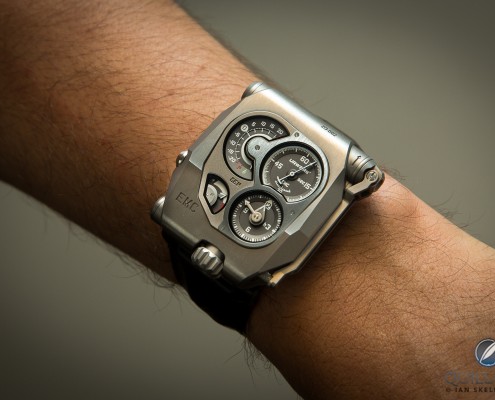
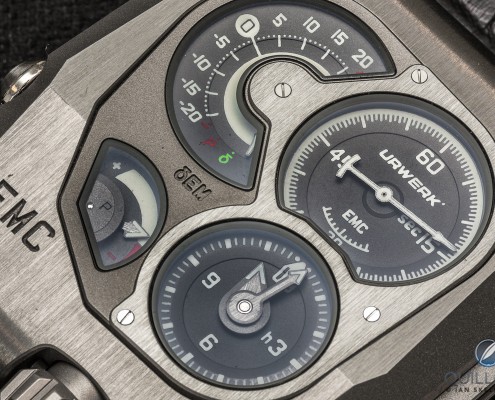
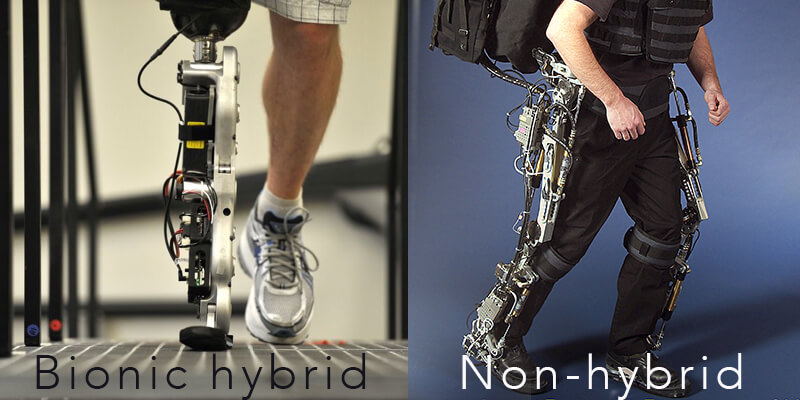
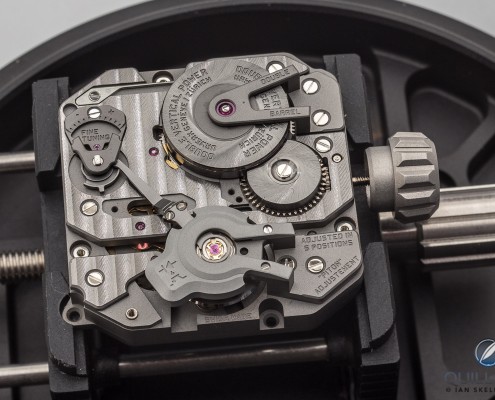
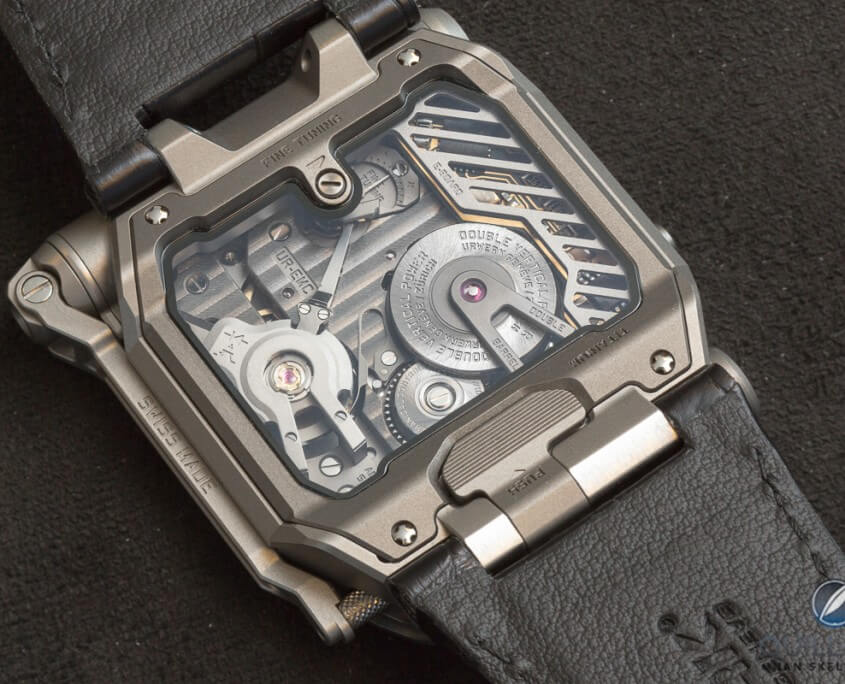
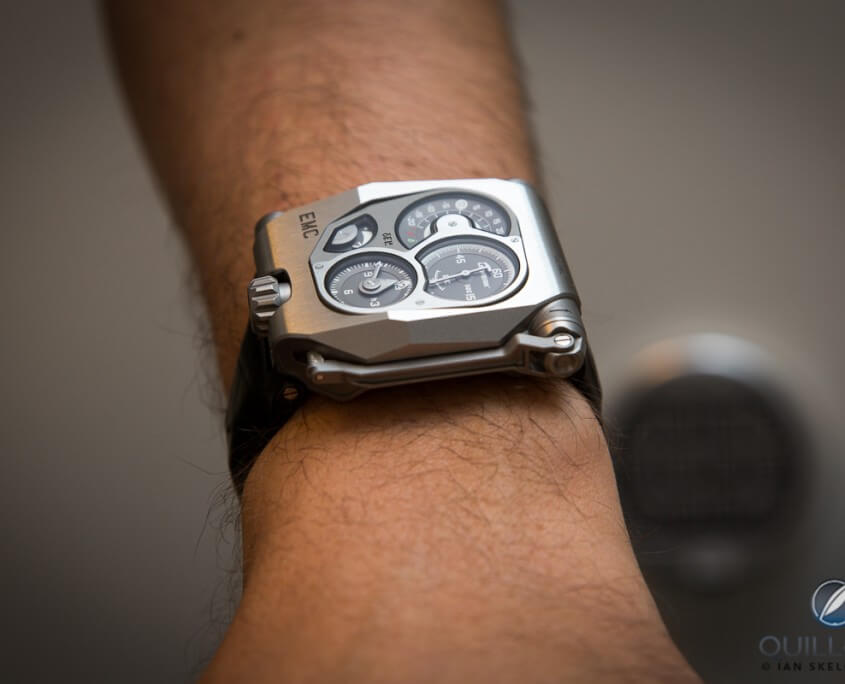
Which came first, the problem or the soioultn? Luckily it doesn’t matter.